The aroma hits you before you see anything—a complex symphony of cardamom, cinnamon, and turmeric that seems to carry centuries of trading history in each breath. Historic spice markets represent some of humanity’s oldest commercial traditions, where merchants have haggled over precious seasonings since ancient civilizations first discovered that certain plants could transform both food and fortune. These bustling bazaars continue operating much as they have for hundreds of years, proving that some experiences can’t be replicated by modern shopping centers.
Your senses are overwhelmed by genuine commerce as you stroll through these markets, which feel like a trip through time. Here’s a list of 18 historic spice markets where ancient trading traditions still flourish in our modern world.
Grand Bazaar – Istanbul, Turkey
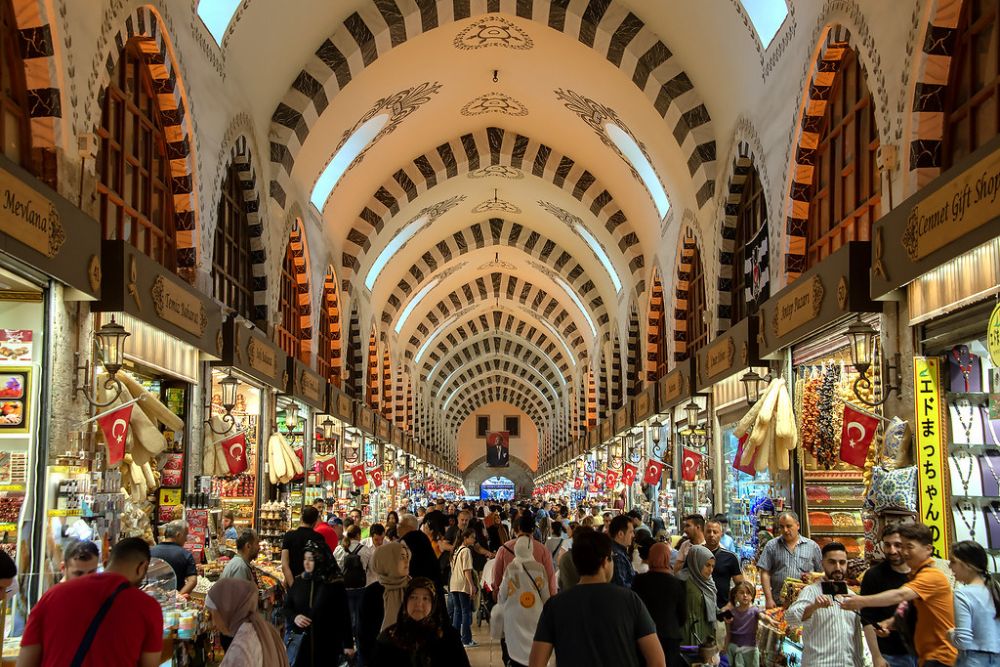
This 15th-century covered market sprawls across 61 covered streets where over 4,000 shops continue the Ottoman Empire’s tradition of connecting European and Asian spice routes. Turkish merchants here sell everything from Iranian saffron to Indonesian nutmeg while maintaining bargaining customs that haven’t changed substantially since Constantinople’s golden age, though modern credit card machines now coexist with traditional brass scales.
The spice quarter within the larger bazaar creates a concentrated sensory experience where vendors offer tastes of exotic blends while sharing stories about their family recipes passed down through generations.
Spice Bazaar (Egyptian Bazaar) – Istanbul, Turkey
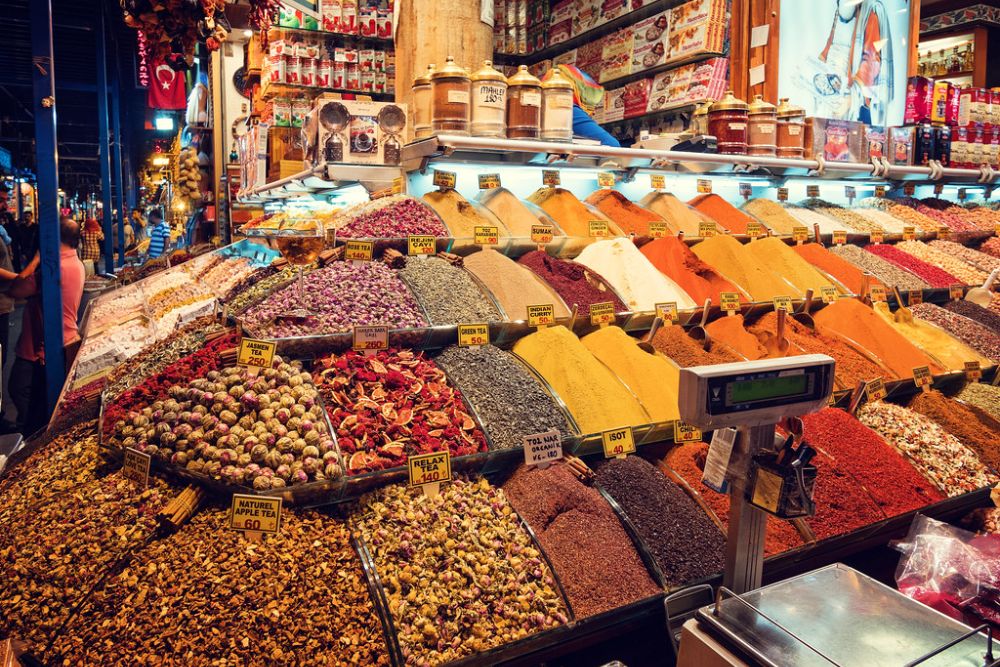
Built in 1664 to fund the nearby New Mosque, this L-shaped market has specialized in spices, Turkish delight, and medicinal herbs for over 350 years while adapting to changing tastes without losing its essential character. Pyramid displays of colorful spices create Instagram-worthy scenes, though the real treasures are the rare varietals and custom blends that vendors prepare for serious cooks who understand quality differences.
The market’s strategic location near the Golden Horn made it a crucial link in spice routes that connected India and Southeast Asia with European markets—a role it continues playing through modern international shipping.
Like Travel Pug’s content? Follow us on MSN.
Khan el-Khalili – Cairo, Egypt
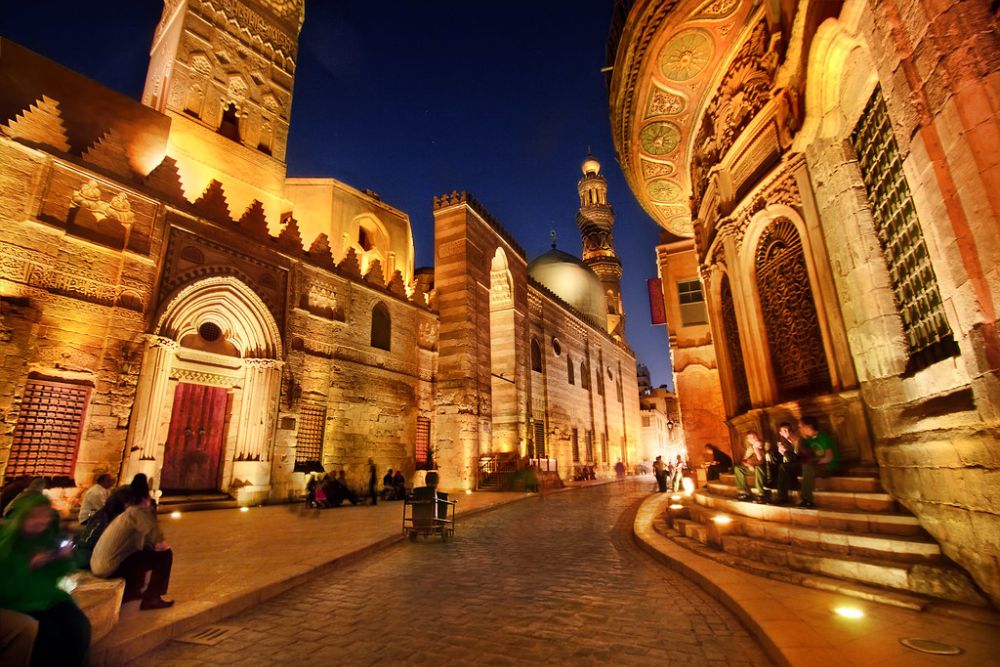
This 14th-century bazaar has survived Mamluk sultans, Ottoman rule, British colonialism, and modern political upheaval while maintaining its role as the Middle East’s most important spice trading center. Narrow alleyways wind past shops where families have sold the same spice blends for centuries, creating business relationships that span multiple generations of both merchants and customers.
The market’s proximity to Al-Azhar Mosque has made it a gathering place for Muslim pilgrims seeking traditional ingredients for religious celebrations, though contemporary visitors come for cooking classes and authentic Middle Eastern flavors.
Souq al-Attarin – Aleppo, Syria
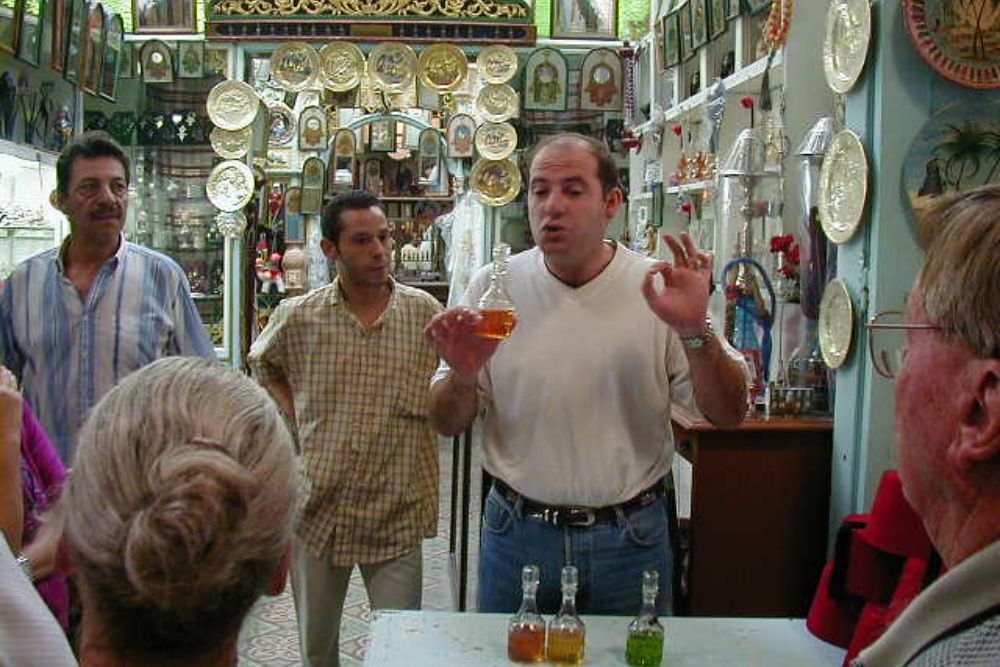
Despite recent conflicts, this ancient spice market within Aleppo’s Old City continues operating where it has for over 500 years, demonstrating remarkable resilience in the face of challenges that would have destroyed less deeply rooted institutions. Local merchants maintain traditional methods of sourcing, blending, and selling spices while preserving knowledge about medicinal applications that modern pharmaceuticals have largely replaced elsewhere.
The market’s survival represents cultural continuity that transcends political boundaries, proving that some human traditions possess strength that outlasts even devastating warfare.
Spice Market – Delhi, India
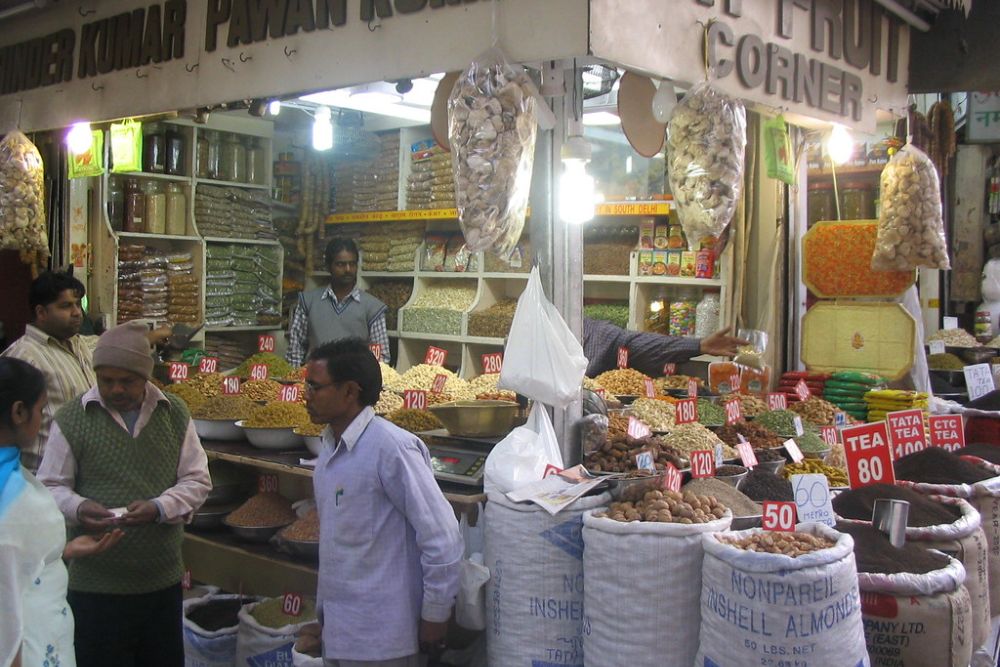
Old Delhi’s Khari Baoli represents Asia’s largest wholesale spice market, where the intensity of aromas can overwhelm visitors unaccustomed to such concentrated sensory experiences. Narrow streets packed with sacks of turmeric, red chilies, and countless varieties of masala create a maze where serious spice buyers negotiate bulk purchases while dodging cycle rickshaws and handcarts.
The market operates much as it has since the 17th century, when Mughal emperors established Delhi as the subcontinental spice trade’s nerve center—though modern logistics now connect these ancient streets with restaurants and food companies worldwide.
Like Travel Pug’s content? Follow us on MSN.
Crawford Market – Mumbai, India
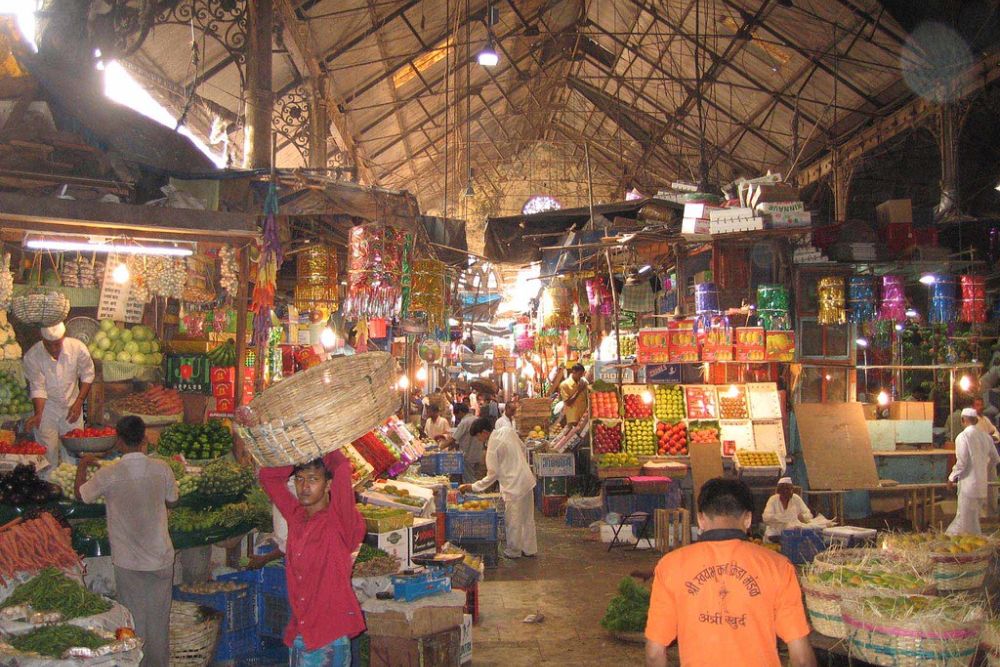
This Victorian-era market building houses Mumbai’s most important spice trading operations, where colonial architecture provides an elegant backdrop for commerce that predates British rule by centuries. The market’s clock tower and Gothic arches create unexpected beauty, while vendors display spices in traditional brass containers that reflect both Indian craftsmanship and British architectural influences.
Local families have operated the same stalls for generations, maintaining relationships with spice growers from Kerala, Karnataka, and other southern states that produce India’s finest seasonings.
Marrakech Souk – Morocco

This maze-like marketplace has operated continuously since the 11th century, where Berber, Arab, and French influences have created a unique trading culture that attracts spice buyers from across North Africa. Narrow alleys lined with shops selling ras el hanout blends lead visitors deeper into labyrinthine passages where getting lost becomes part of the authentic market experience, though friendly vendors always provide directions in exchange for examining their merchandise.
The market’s location at traditional caravan routes between sub-Saharan Africa and Mediterranean ports made it a crucial link in the transcontinental spice trade that modern air freight has largely replaced.
Central Market – Casablanca, Morocco
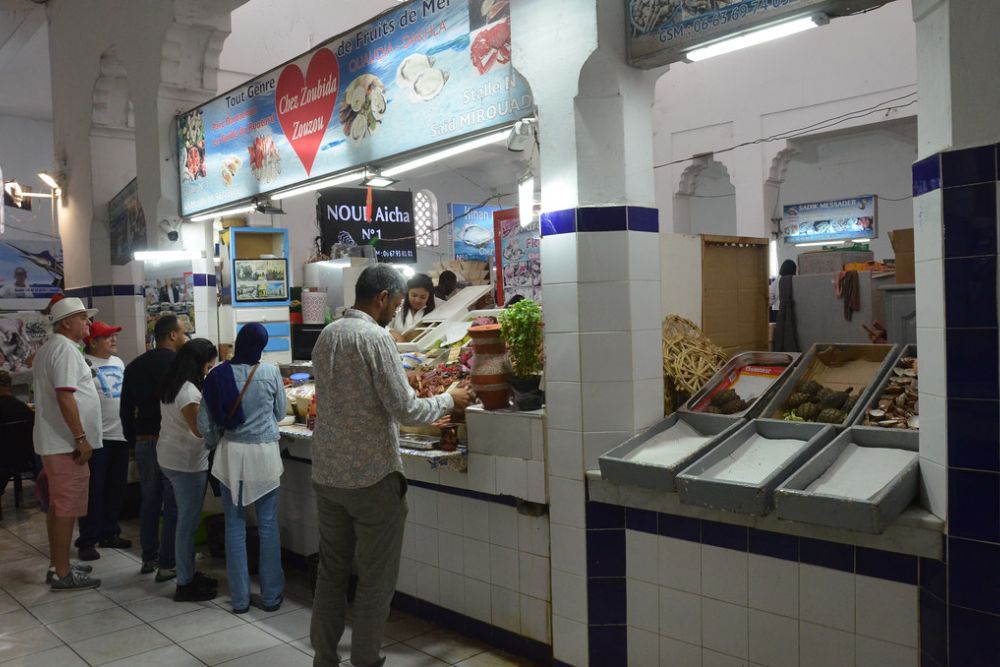
Art Deco architecture from the French colonial period houses traditional Moroccan spice trading in a market that demonstrates how different cultural influences can enhance rather than diminish authentic commercial practices. Vendors here specialize in North African spice blends while also carrying exotic varieties from former French colonies in West Africa and Southeast Asia—creating inventory diversity that reflects Morocco’s complex colonial history.
The market’s covered design protects delicate spices from Atlantic coastal humidity while creating comfortable shopping conditions year-round.
Like Travel Pug’s content? Follow us on MSN.
Mahane Yehuda Market – Jerusalem, Israel

This century-old market brings together Jewish, Christian, Muslim, and secular vendors in shared commercial space where spice trading transcends religious and political divisions that characterize modern Middle Eastern life. Traditional Middle Eastern spices share display space with European herbs and North African blends, creating inventory that reflects Jerusalem’s incredibly diverse population, though shared appreciation for quality seasonings creates common ground among different communities.
The market’s Friday preparations for the Sabbath create weekly rhythms that have structured Jerusalem’s life for generations.
Mercado de San Miguel – Madrid, Spain

This 19th-century iron and glass market houses traditional Spanish spice vendors alongside gourmet food stalls where pimentón, saffron, and other Iberian seasonings attract both local cooks and international food enthusiasts. The market’s elegant architecture creates an upscale atmosphere while preserving traditional trading methods that connect contemporary Madrid with its agricultural heritage throughout Castile and Andalusia.
Vendors here often provide cooking instructions along with spice sales, maintaining educational traditions that help preserve Spanish culinary culture.
Rialto Market – Venice, Italy
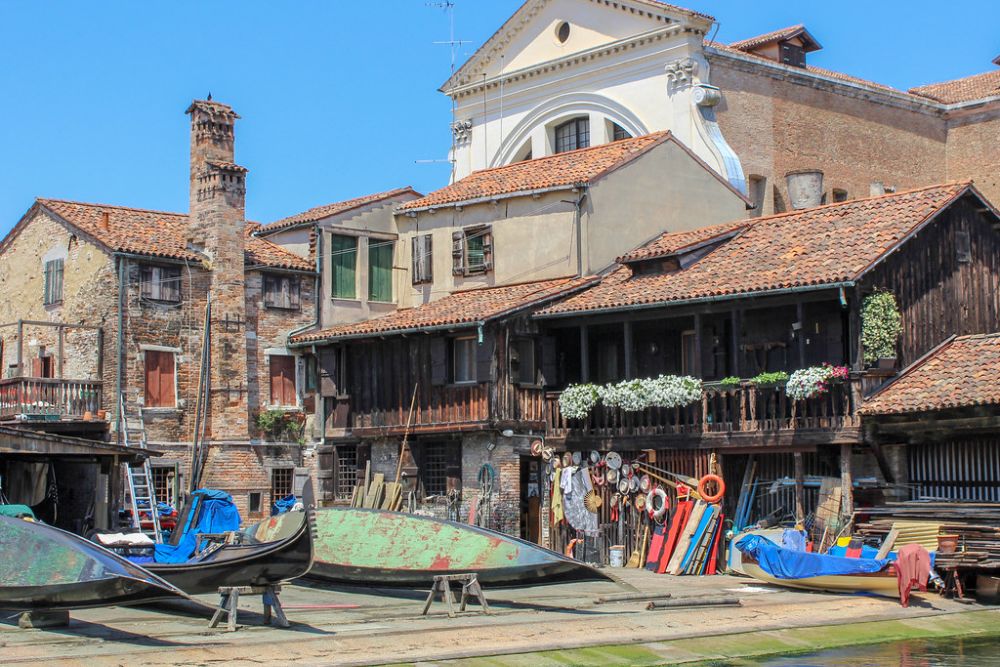
Venice’s ancient spice market continues operating near the famous bridge where medieval merchants once traded exotic seasonings brought from Constantinople and the Levant through traditional Mediterranean routes. Modern vendors sell traditional Italian herbs alongside imported spices that reflect contemporary immigration patterns, creating an inventory that tells the story of Venice’s evolution from medieval trading power to a modern tourist destination.
The market’s location along the Grand Canal maintains its historical connection to water-based commerce that made Venice wealthy during the Renaissance.
Like Travel Pug’s content? Follow us on MSN.
La Boqueria – Barcelona, Spain

This 13th-century market combines traditional Spanish spice trading with Catalan culinary traditions while adapting to modern food tourism that has made Barcelona a global gastronomic destination. Vendors display traditional pimentón and saffron alongside exotic spices that reflect Barcelona’s position as a Mediterranean port city with connections to Latin America and North Africa.
The market’s central location near Las Ramblas creates tourist crowds, though serious spice buyers still find authentic products and knowledgeable vendors who maintain traditional quality standards.
Tsukiji Outer Market – Tokyo, Japan

While the famous fish market has moved, traditional spice and seasoning vendors continue operating in surrounding streets where they’ve served Tokyo’s restaurant industry for decades. Japanese merchants here specialize in traditional seasonings like miso, mirin, and various seaweed products while also carrying international spices that reflect Tokyo’s cosmopolitan dining scene.
The market’s early morning hours and wholesale focus create an authentic trading atmosphere that serious cooks appreciate more than casual tourists.
Chandni Chowk – Delhi, India
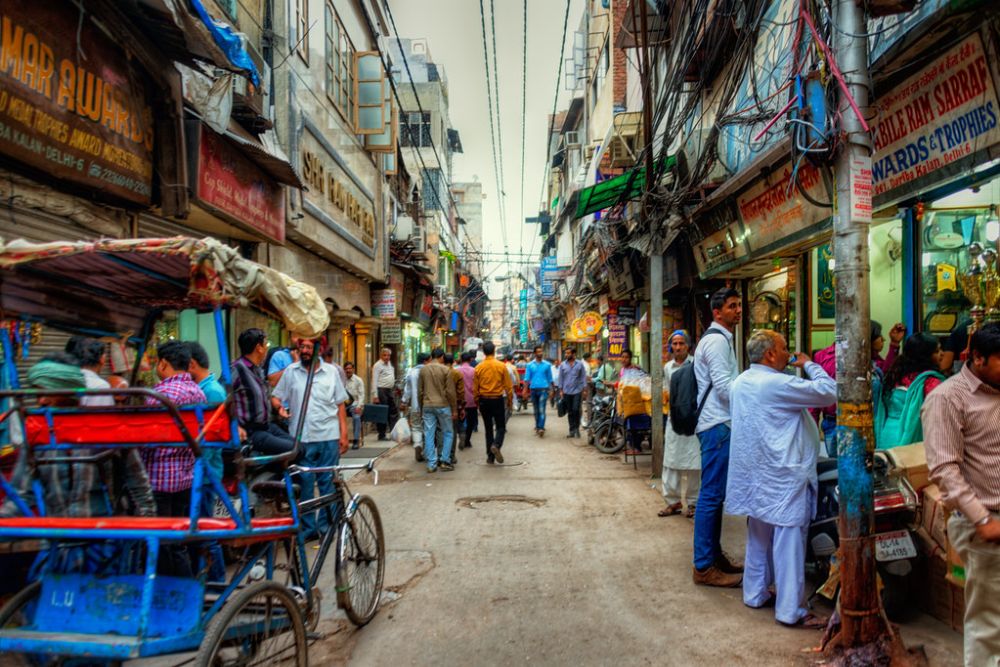
This 17th-century Mughal marketplace remains Delhi’s most important spice trading center, where narrow streets create sensory overload through concentrated aromas from hundreds of shops selling traditional Indian seasonings. Family businesses here often specialize in specific spice categories—one shop might focus exclusively on different chili varieties, while neighbors concentrate on sweet spices used in desserts and chai preparations.
The market’s location near the Red Fort maintains connections to India’s Mughal culinary heritage while serving the contemporary needs of Delhi’s millions of residents.
Like Travel Pug’s content? Follow us on MSN.
Queen Victoria Market – Melbourne, Australia
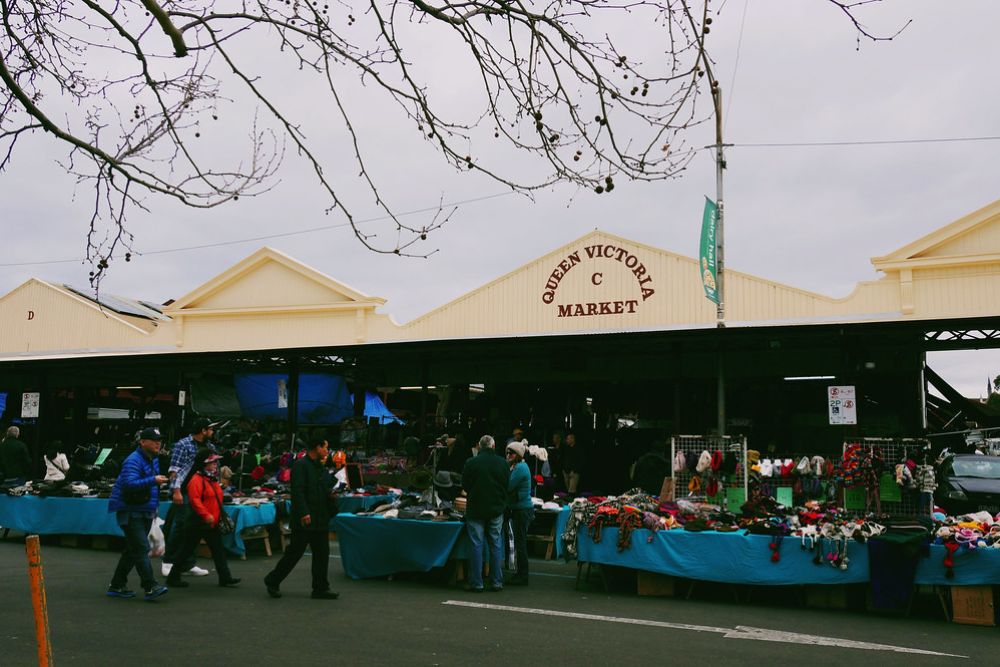
This 19th-century market houses traditional spice vendors alongside multicultural food stalls that reflect Melbourne’s diverse immigrant population and their culinary contributions to Australian cuisine. European herbs share space with Asian spices and Middle Eastern seasonings, creating an inventory that tells the story of Australia’s changing demographics through immigration patterns from different continents.
The market’s weekend operations create community gathering spaces where different cultural groups share food traditions while maintaining their distinct culinary identities.
Pike Place Market – Seattle, USA
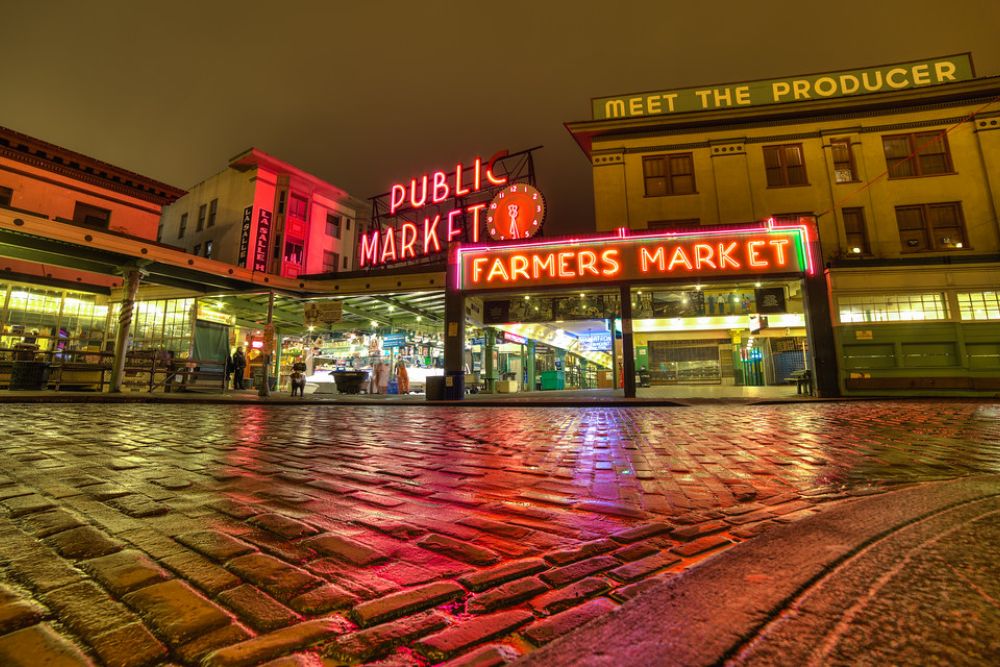
This century-old market includes spice vendors who’ve operated family businesses for generations while adapting to Pacific Northwest culinary trends that emphasize local ingredients and international flavors. Traditional American herbs grow alongside Asian spices that reflect Seattle’s significant immigrant population from various Pacific Rim countries.
The market’s tourist popularity creates challenges for serious spice buyers, though knowledgeable vendors maintain quality standards that serve both casual visitors and professional chefs from Seattle’s renowned restaurant scene.
Covered Market – Oxford, England
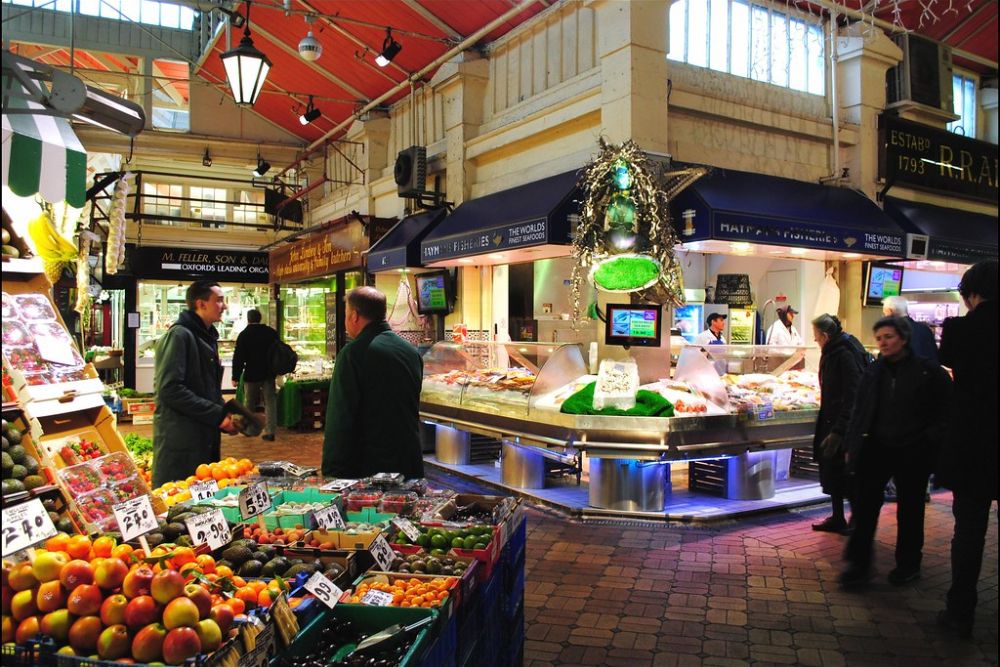
This Victorian market houses traditional British spice vendors who maintain connections to England’s colonial spice trading history while serving contemporary multicultural communities that have made curry Britain’s unofficial national dish. Local shops sell traditional English herbs alongside Indian, Pakistani, and Bangladeshi spices that reflect Oxford’s diverse university population and immigrant communities.
The market’s academic setting creates an unusual customer base where international students and professors seek authentic ingredients from their home countries.
Like Travel Pug’s content? Follow us on MSN.
Granville Island Public Market – Vancouver, Canada
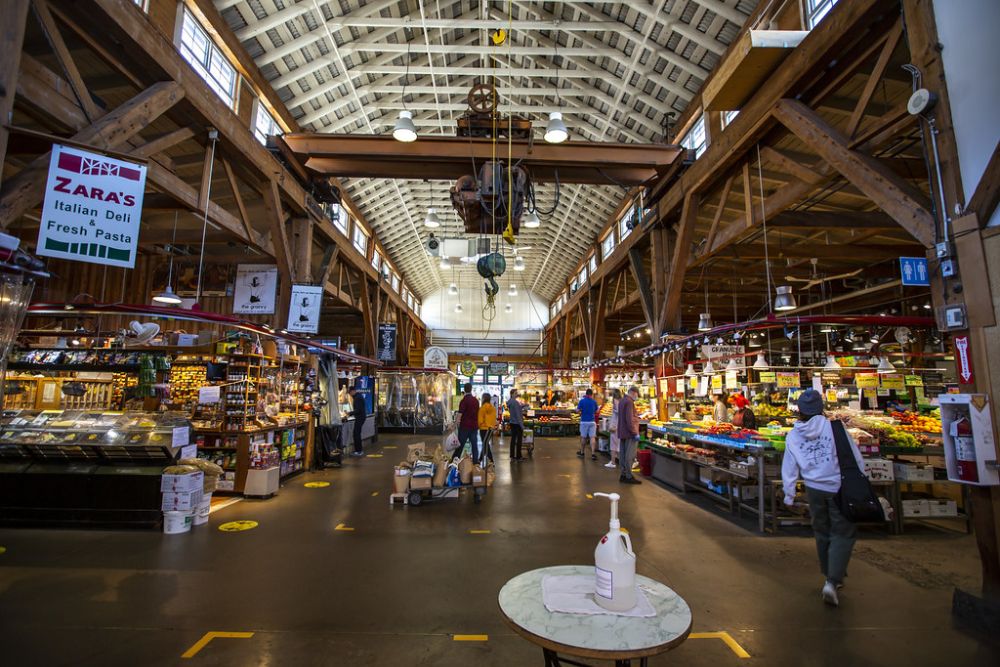
This modern market maintains traditional spice trading practices while serving Vancouver’s incredibly diverse population, which includes significant Asian, European, and Middle Eastern communities seeking authentic ingredients. Vendors here often speak multiple languages while offering spices and seasonings that reflect Canada’s multicultural immigration policies and their impact on contemporary Canadian cuisine.
The market’s waterfront location creates a pleasant shopping atmosphere while maintaining connections to Vancouver’s history as a Pacific port city trading with Asia.
Where Ancient Commerce Thrives Today

These remarkable markets demonstrate that some human activities possess such fundamental appeal that they transcend technological changes, political upheavals, and cultural transformations that have reshaped commerce in countless other sectors. Each marketplace represents centuries of accumulated knowledge about sourcing, preserving, and blending spices while maintaining trading relationships that connect local communities with global supply networks spanning multiple continents.
In our age of online shopping and standardized products, these historic markets remind us that some experiences require physical presence—the ability to smell, taste, and touch products while engaging with merchants who understand their merchandise through generational knowledge rather than digital databases. The survival of these spice markets proves that authentic human commerce creates value that automation cannot replicate, preserving cultural traditions while adapting to contemporary needs in ways that honor both heritage and innovation.
More from Travel Pug

- 20 Best Beach Towns in the Carolinas
- 13 Destinations Where Tourists Regularly Regret Their Trip
- 20 Things You Actually Get in First Class
- 20 Small Airports With Aviation Museums
- 20 Places in the U.S. That Are Perfect for a Reset Trip
Like Travel Pug’s content? Follow us on MSN.
